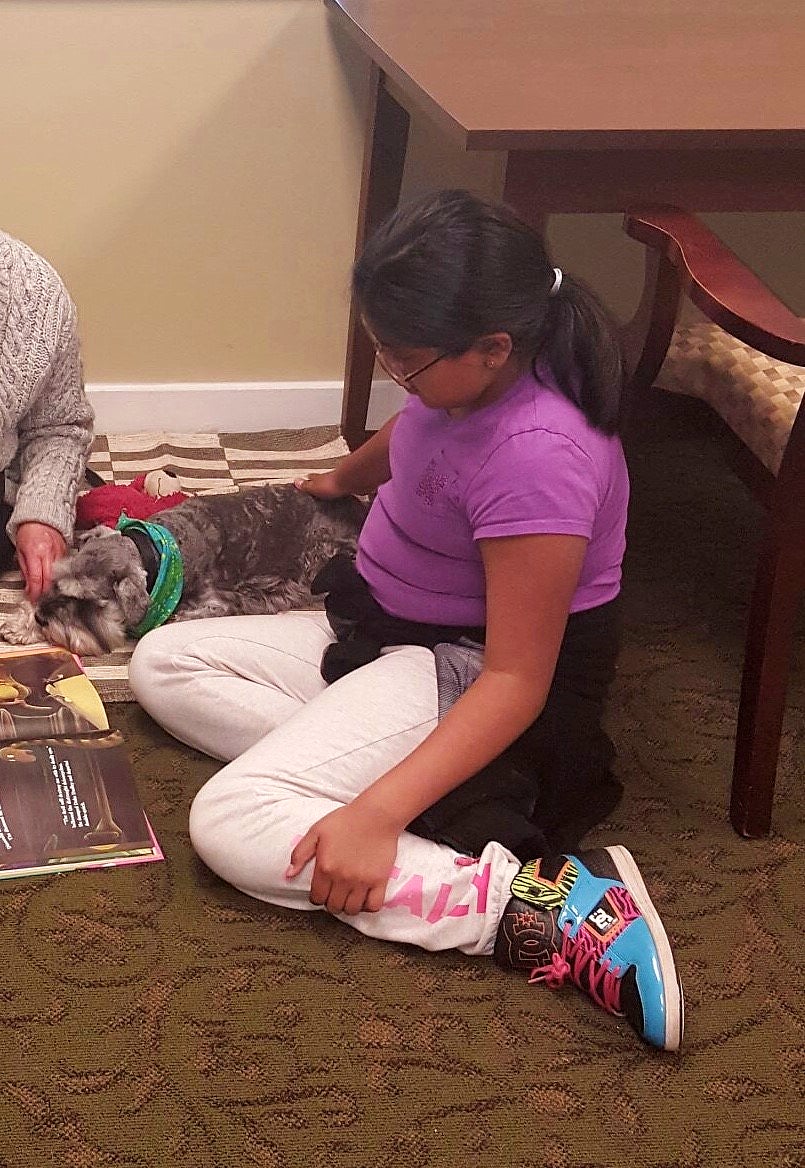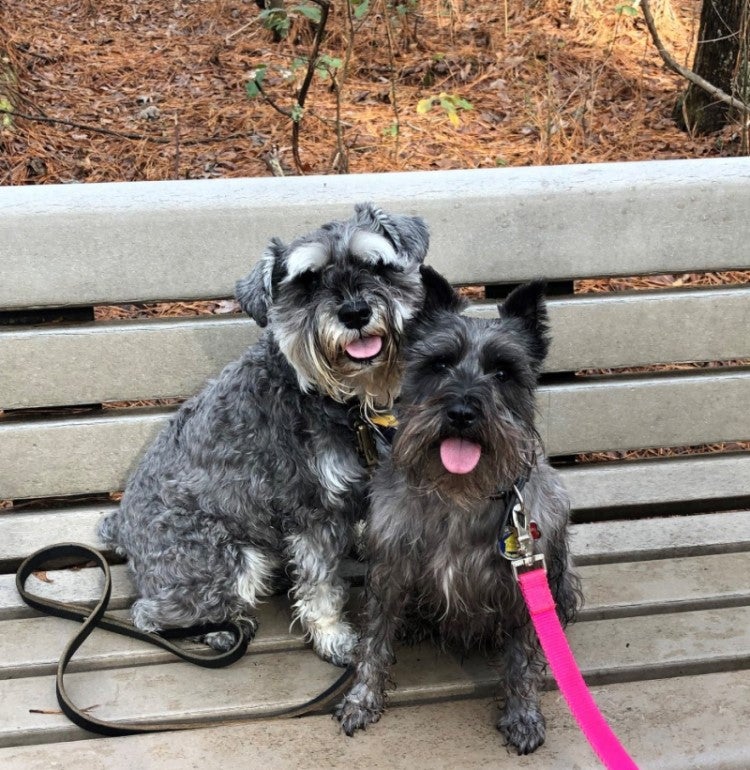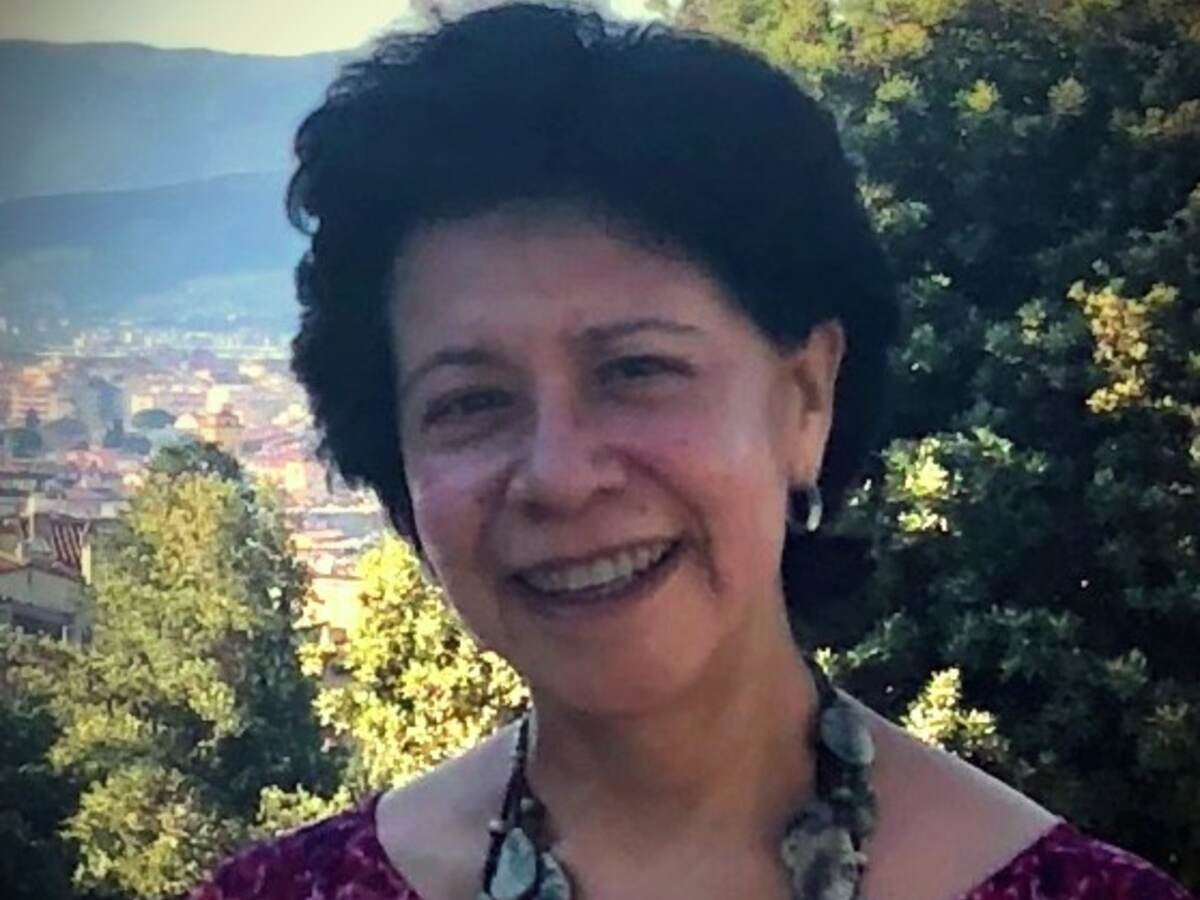October 6, 2022
During National Hispanic American Heritage Month, we’ve been talking to UL Solutions employees about their heritage and path to a STEM career. Patricia Neri is a principal decision scientist in the Software and Advisory group at UL Solutions. Learn more about Patricia’s Mexican heritage, what appeals to her about a career at UL Solutions and why she feels it is essential to celebrate Hispanic culture.
Tell us a bit about your background.
I grew up in Mexico City, the capital of Mexico and the largest city in the country. My brothers and their families still live there. My sister and her family live in California, and my daughter also lives in the United States.
I went to the National Autonomous University of Mexico (UNAM) for my undergraduate studies. I earned a bachelor’s degree in physics and math.
I moved to the United States for graduate school at the University of Iowa. I have a doctorate in management sciences/operations research and two Masters of Science. One is in applied math, and the other is in quality management and productivity. I’ve also achieved Project Management Professional (PMP) certification.
How did you get into engineering?
I’ve always liked art and music, and I actually started in an architecture program at college. I changed paths quickly, though, because I realized I needed more math and physics. I missed doing equations and mathematical modeling.
I am very pragmatic, and I enjoy solving problems. I like the applied parts of math and science. I like solving problems and putting math into practical, everyday things.
Operations Research is considered engineering. It is applied to various fields (business, medicine, transportation, supply chain, etc.). My second master’s was an interdisciplinary program jointly offered by the engineering, business and statistics schools at the University of Iowa.
I’ve used my skillset globally, working with cross-functional teams to help companies improve their processes and increase revenue. I have also applied my skills to developing schedules for flight attendants and tax preparers, finding what helps students be successful in high school and optimizing marketing campaigns for banks, telcos, retailers and more.
What brought you to UL Solutions?
My responsibilities include growing and leading a team of decision and data scientists to develop innovative applications based on artificial intelligence (AI) in the areas of supply chain and sustainability. I provide leadership, project management skills, analytics and business judgment to support strategic and tactical activities. I also oversee the hands-on development of machine learning (ML) models. These applications embed AI into existing systems or create new systems to make our products more competitive and to stay ahead of the competition.
I am quite interested in sustainability, as I’m very concerned about climate change. The job posting noted it would be a good role “if you are interested in sustainability,” which caught my attention.
What are your favorite things about working for UL Solutions?
I like the opportunities I have of applying analytics to improve processes, provide innovation and improve our products. I’ve been with UL Solutions for nearly a year, and I’ve been working on projects within our Software and Advisory group's three customer operating units (COU). The opportunities are different in each COU, and analytics can be used in all of them.
I enjoy working within interdisciplinary teams because people have different skills/responsibilities than I do. Because innovation encompasses change, I do appreciate management support.
Why do you think National Hispanic American Heritage Month is important?
It is important to celebrate ALL cultures. The more we know and appreciate our colleagues, the better work we do together.
President George Bush wanted us to celebrate National Hispanic American Heritage Month to recognize the outstanding achievements of Hispanic Americans. It’s important to get to know other people and their cultures. People have many more commonalities than differences, and months like this help us realize those commonalities.
Also, I think a diverse workplace helps to break down stereotypes. When we can celebrate our heritage, it helps us know one another better and bring out our best at work.
What are you most proud of about your Mexican heritage?
I love the richness of Mexican culture. The art is beautiful, from murals, paintings and ceramics to textiles, architecture and literature. Mexico City, where I grew up, is very cosmopolitan, but it still has the flavor of our heritage. I am proud of the contributions of Mexican (and Mexican American) scientists to humanity.
I think the way Mexican people relate to each other is wonderful. People remain your friends no matter how long you’ve been apart.
I love Mexican food. Do you know that Mexican cuisine is officially considered a cultural heritage of humanity? The United Nations Educational, Scientific and Cultural Organization (UNESCO) inscribed it on their Representative List of the Intangible Cultural Heritage of Humanity. My friends in North Carolina know I will only go to really good Mexican restaurants.
Due to the varying geographic areas, there are so many different foods in Mexico. Each region has its unique dishes, fruits or seafood. And there are various ways to prepare everything, too. UNESCO recognized that Mexican cuisine is part of our community identity and a way we build social bonds and identities.
Are there Mexican traditions in which you still participate?
Christmas is very important in Mexico, and part of that includes Posadas Navideñas. This happens 12 days before Christmas, when people go from house to house, asking if there is room at the inn. The celebration changes based on the age of the participants. My grandparents always hosted a posada which included a piñata to hit, food and Christmas carols.
I also still celebrate Three Kings Day, which we call Día de Los Reyes. It’s celebrated on Jan. 6, and marks the end of the Christmas season. In Mexico, kids receive gifts on Three Kings Day rather than on Christmas Eve or Christmas Day. We also have Rosca de Reyes (King’s Cake). It’s an oval shape, decorated with dried and candied fruit and holds a small doll inside. It’s delicious.
How can we encourage more Hispanic & Latino students to engage in science, technology, engineering and math (STEM) education and careers?

I like to volunteer as a way to share information about my job and interests. This is a good way to encourage people. Not every kid has the same resources, so we need to be creative in how we pitch STEM. We need to reach them in ways in which they can truly engage.
Also, movies and television shows need to include more successful Hispanic people and characters. Kids need to see that Hispanic people can be lawyers, scientists, doctors, astronauts and more.
I genuinely think analytics can change the world. It’s challenging to communicate what it can do. But when you start showing what can happen and providing examples, people start thinking about what they can do, too. I wish I had seen more women in science and mathematics when I was growing up and even when I went to graduate school.
Do you still volunteer?

For more than 15 years, I have volunteered with INFORMS, an international association for professionals in analytics, operations research, applied mathematics and other related fields. I've been a judge on the Edelman Award for operations research and analytics for both profit and non-profits. I was honored to serve for two years as the chair of the Wagner Prize, which is given for excellence in advanced analytics and operations research.
I also used to volunteer with my therapy dog. We would go to libraries, and kids would read to her to help improve their skills and confidence in reading. We also used to go to the Ronald McDonald House, hospitals and retirement homes, but my favorite was always our library trips.




